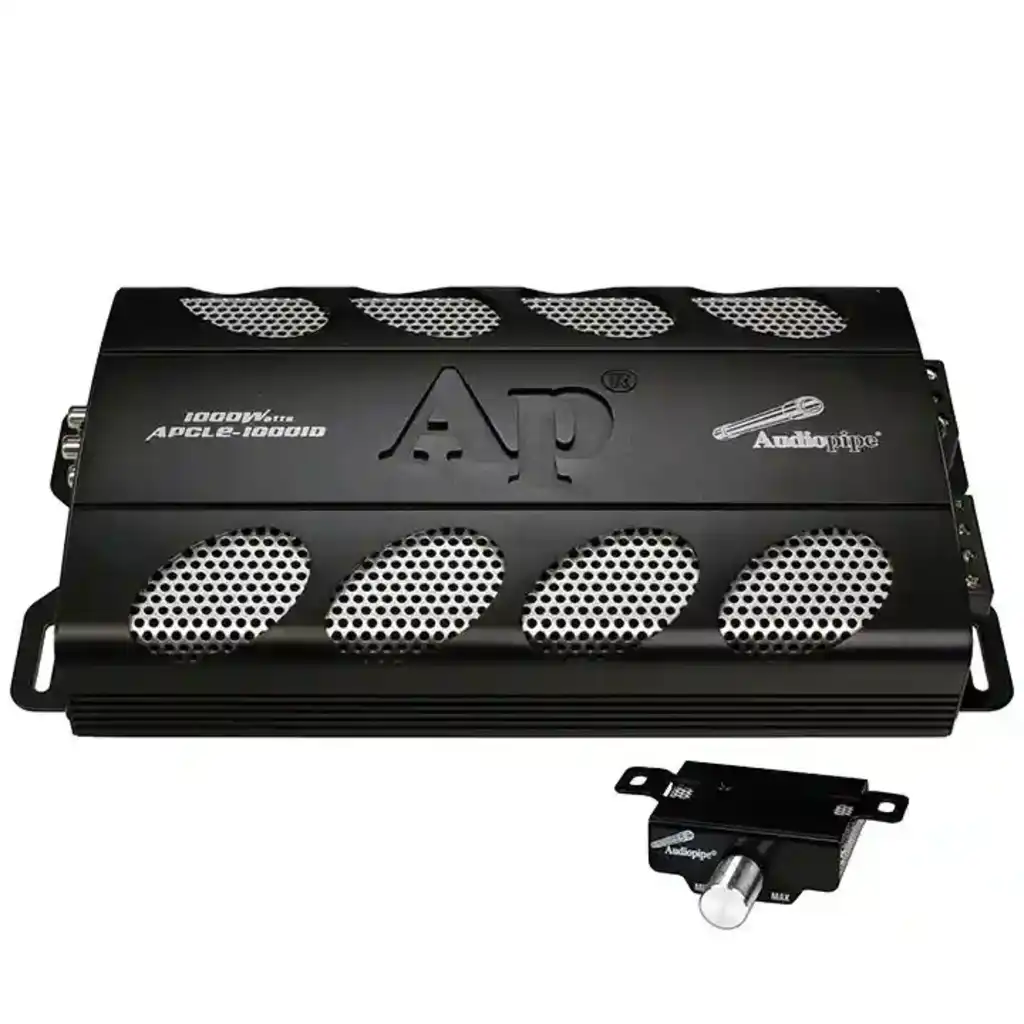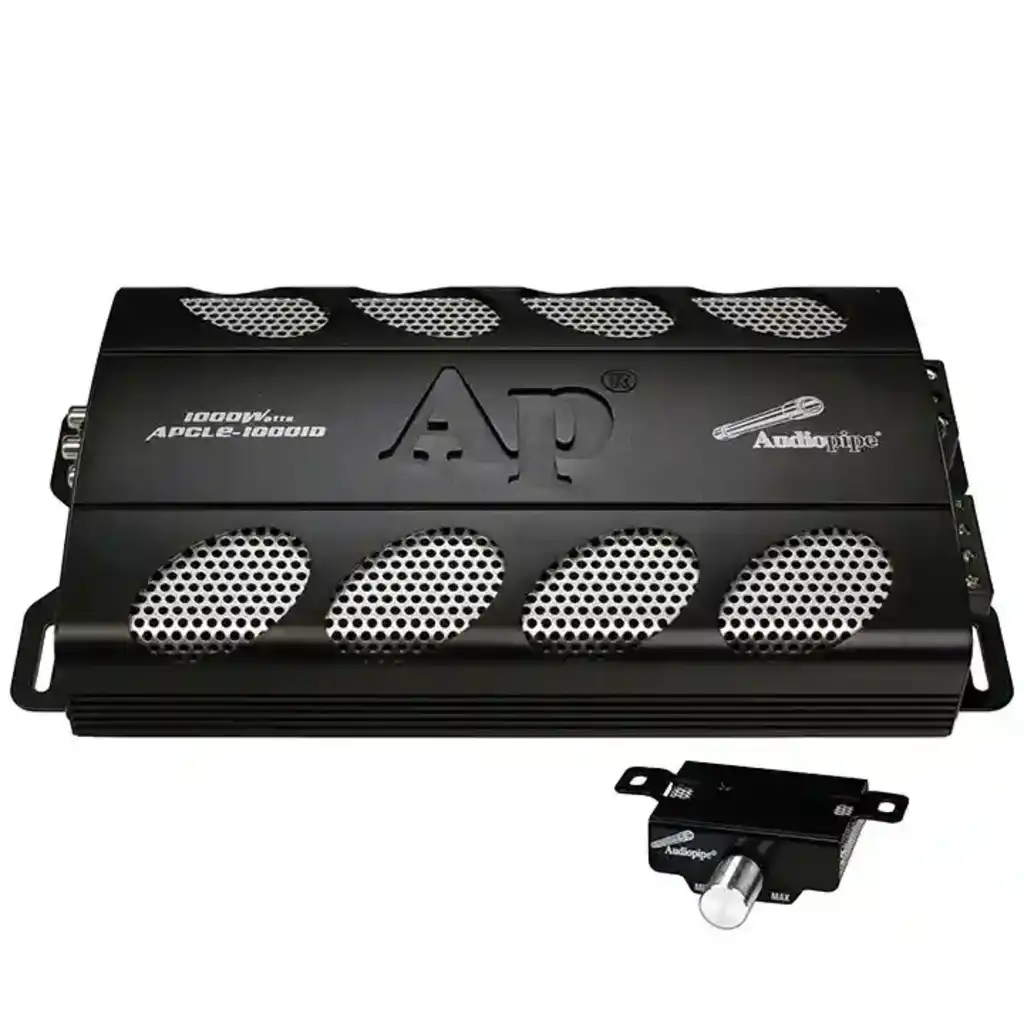Answer
Nov 21, 2024 - 07:35 AM
Certainly! A Class A amplifier is characterized by its continuous operation, where the output transistors conduct current throughout the entire input signal cycle, resulting in high linearity and audio fidelity but low efficiency and high heat generation. In contrast, a Class D amplifier uses pulse-width modulation to switch the output transistors on and off rapidly, achieving much higher efficiency and lower heat output, but it can introduce more distortion and require filtering to maintain audio quality.





Add New Comment